Long before today's vacuums could dodge furniture and empty themselves, they were loud, clunky beasts dragged through parlors and powered by cranks. Their evolution mirrors our shifting lifestyles, and it all started over 160 years ago.

Who and When Invented the Vacuum Cleaner?
The first vacuum cleaner was invented in 1860 by Daniel Hess of Iowa. His device used rotating brushes and bellows to generate suction—an idea that still powers vacuums today.
A major leap came in 1901, when Hubert Cecil Booth built a giant electric vacuum that used suction, not blowing. His machine was so large that it sat in horse-drawn wagons outside homes. People hosted "vacuum parties" to watch it work through hoses run into windows.
The first truly home-friendly model came in 1907, thanks to James Murray Spangler, a janitor in Ohio. Using a fan motor, soapbox, and pillowcase, he made the first portable electric vacuum. He sold his idea to William Hoover, founder of a company that turned "hoovering" into a household verb. [1]
These early inventions laid the groundwork for everything that came next. Here's how the design kept improving decade by decade.
A Timeline of Vacuum Cleaner Innovation
1860–1900: Muscle-Powered Beginnings
The first vacuums needed real effort to use. After Daniel Hess's invention in 1860, Ives McGaffey built the "Whirlwind" in 1868, which you had to crank by hand while pushing it across the floor. In 1876, Melville Bissell added rollers and brushes to make cleaning a bit easier, but it was still a workout.
1901–1930: The Power of Electricity
The arrival of electric motors changed everything. Hoover's Model O launched in 1908 for $60 (about $2,100 today), making vacuuming faster and easier. In 1919, Hoover added the famous beater bar. And in 1921, Electrolux created a flat-lying model that could be under beds and couches, an early step toward user-friendly design.
1950–1990: Smarter, Cleaner, Safer
Vacuum features have seen a significant upgrade in this era. In the 1950s, disposable dust bags replaced reusable ones, making clean-up much easier. In the 1970s, HEPA filters arrived, helping trap dust and allergens. And in 1993, James Dyson introduced the first bagless vacuum with cyclonic suction—no more clogging, no more power loss.
2000–Today: Smarter, Smaller, Hands-Free
The first robot vacuums entered the scene in 2002, letting people clean without lifting a finger. Meanwhile, cordless stick vacuums got lighter and more powerful, and wet/dry models became go-to choices for people who want to clean both dust and spills in one go. [1]
2023–2025: Dreame's High-Tech Leap
As robot vacuums became more common, users began to notice their limits. Many models struggled with corners, low furniture, tangled hair, and small floor barriers like sliding door tracks.
But in a few years, Dreame Technology has redefined what robotic vacuums can do:
→2023: The L20 Ultra added Robotic Flex Arm™, finally letting robots reach into corners and along walls.
→2024: The X40 Ultra improved with Dual Flex Arms, cleaning even closer to the edges.
→2025: The X50 Ultra introduced multiple groundbreaking features:
- ProLeap™ System to climb over door tracks up to 0.87 inches (22mm)
- VersaLift Navigation™ to clean under low furniture without missing spots
- HyperStream™ Detangling DuoBrush™ to stop hair from getting wrapped
And at CES 2025, Dreame revealed its biggest leap yet: the Bionic Multi-Joint Robotic Arm™, built to move more like a human hand for superior reach.
With 785+ patents and products in over 21 million homes worldwide, Dreame is pushing the boundaries of vacuum tech for a smarter, more efficient future. [3]
Global Market Trends: What's Driving Growth?
Vacuum cleaners are changing fast around the world. The Asia Pacific region leads to global demand (about one-third of all vacuums), followed by North America. Canister vacuums remain the most popular choice due to their versatility in cleaning different floor types. But robot vacuums are growing quickly, especially as more people start using smart home devices.
Most vacuums still have cords, but cordless ones are catching up fast thanks to the long-lasting batteries. And instead of going to a store, more people buy vacuums online. It's easier to read reviews, compare features, and get the best deal delivered right to your door. [2]
What's New Through 2025?
Today's vacuums go far beyond simple suction:
- WiFi & voice control via Alexa or Google Assistant
- Self-emptying models reduce manual maintenance
- AI optimization learns cleaning habits and adapts routes
- Eco-conscious designs lead in Europe, with some models using up to 49% recycled plastics
The future of vacuum is all about automation, efficiency, and sustainability—themes driving all home appliances forward.

How Did the Vacuum Cleaner Change Society?
The vacuum cleaner did more than clean floors:
- Time-saving tech helped reduce household labor
- Post-COVID hygiene habits fueled demand for smarter cleaning
- Online shopping transformed how people choose and buy appliances
- Environmental awareness now influences how vacuums are built and marketed
This humble appliance now reflects wider trends in technology, health, and lifestyle.
Conclusion
From Daniel Hess's 1860 design to Dreame's Bionic Robotic Arm™ in 2025, vacuum cleaners have come a long way. What once required effort and noise now runs silently, learns on its own, and fits neatly into our daily lives.
As the global vacuum market heads toward $13.33 billion by 2030, the future looks smart, sustainable, and even more automated. Cleaning, once a chore, is now an intelligent part of modern living. [2]
FAQs
Q1: What types of vacuums are most popular today?
Canister vacuums remain the most common globally. Robotic vacuums are rapidly gaining popularity, while cordless stick and wet/dry vacuums appeal for their portability and multi-function use.
Q2: Why do people in the UK call vacuums 'Hoovers'?
"Hoover" became a generic term after William Hoover's early dominance in the vacuum industry. In the UK, people still say "hoover" the way Americans say "Google", as a verb based on a brand.
Q3: How did people clean before vacuums?
Before vacuums, people swept with brooms and took carpets outside to beat the dust out. It was time-consuming, messy, and exhausting, especially in urban areas.
Q4: Were there vacuums in the 1920s?
Yes, but they were luxury goods. Models like Hoover's with disposable bags and beater bars were available, though most families didn't own one until prices dropped post-WWII.
Q5: What's the biggest innovation in 2025?
Dreame's Bionic Multi-Joint Robotic Arm™, shown at CES 2025, is a major step forward. It mimics human flexibility, allowing robotic vacuums to clean tight spaces like never before.
References
[1] Vacuum cleaner - Wikipedia
[2] Household Vacuum Cleaners Market Size, Share & Trends Analysis Report
[3] A Dream Unveiled in 2017 - Dreame















































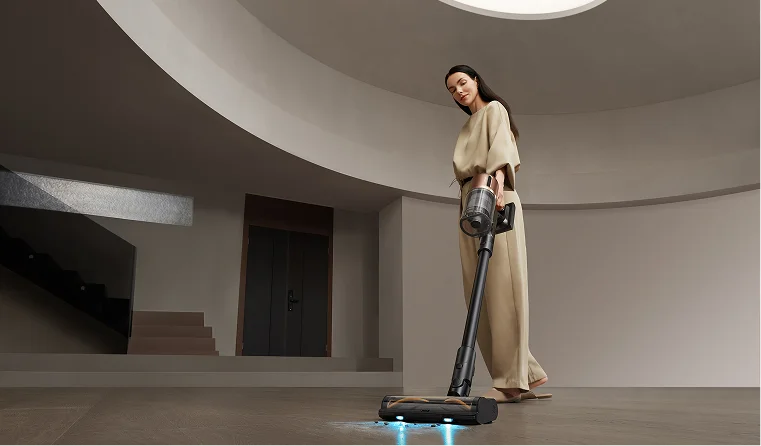
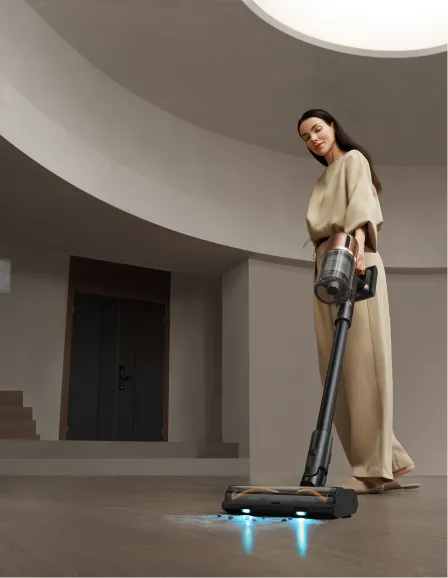

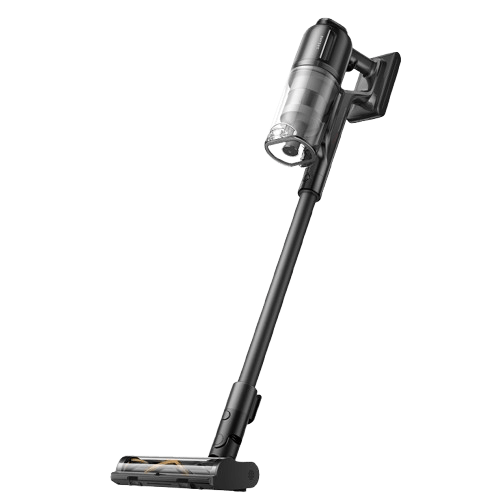

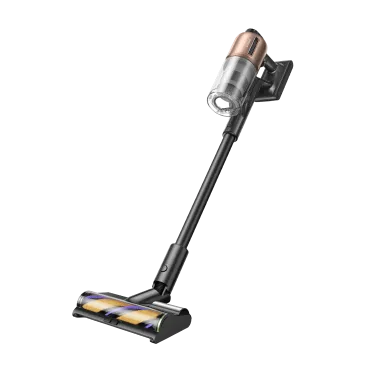
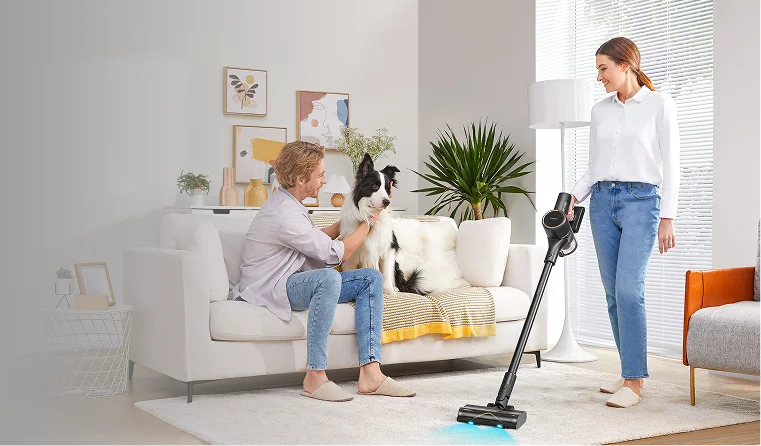
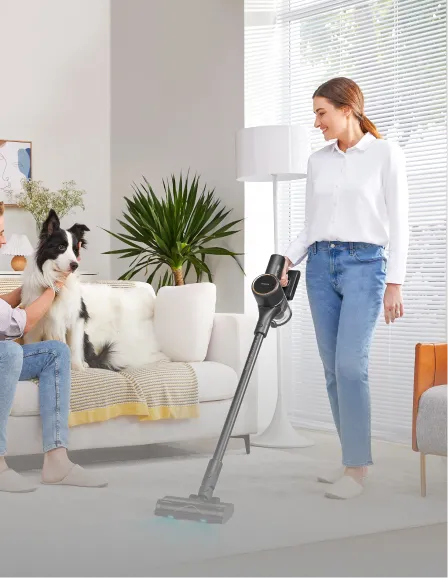
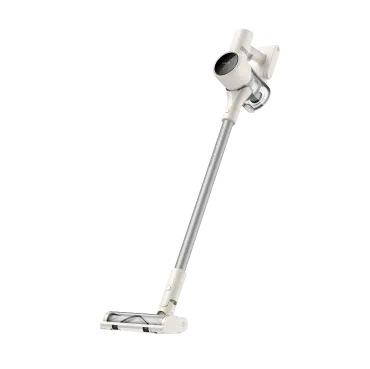
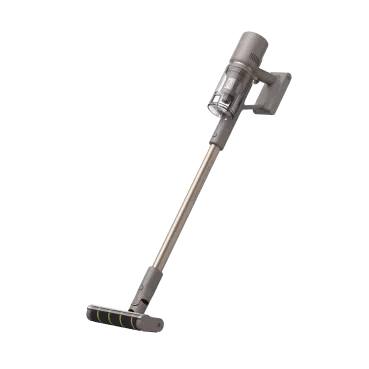
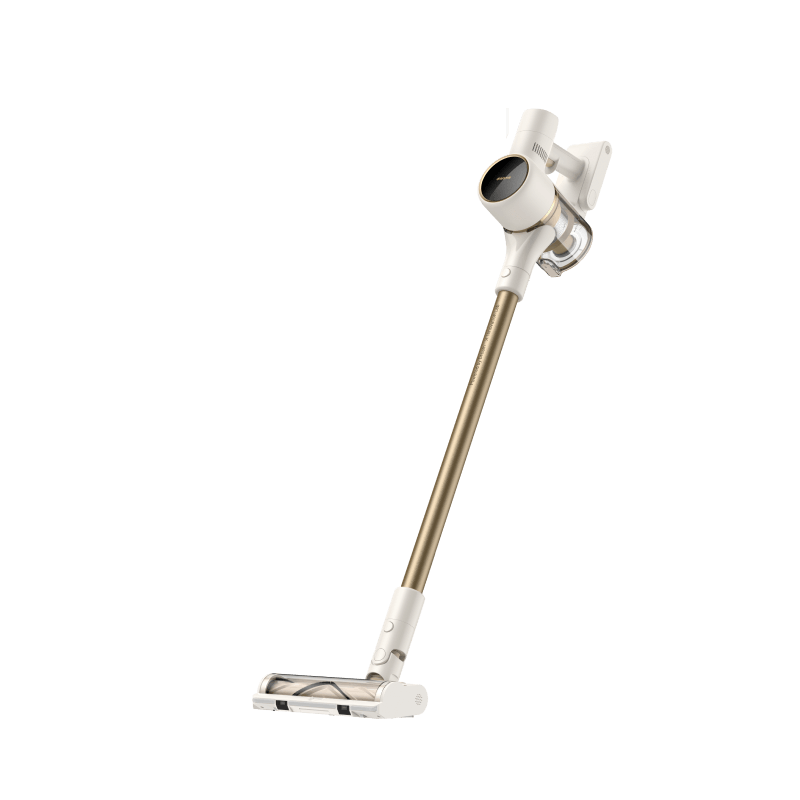
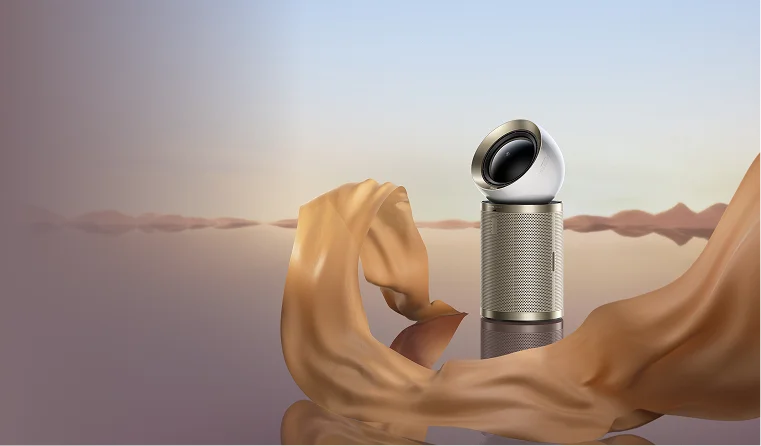
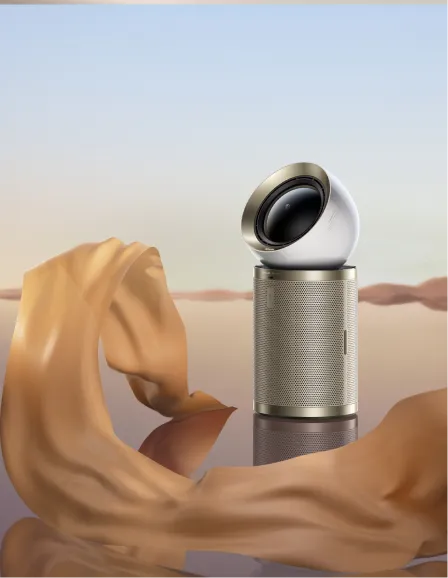

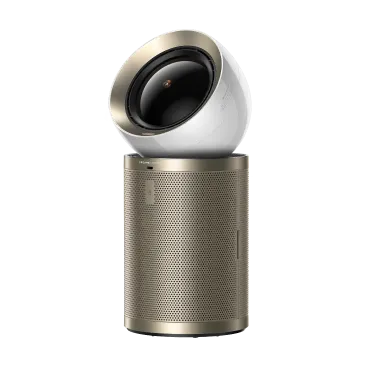

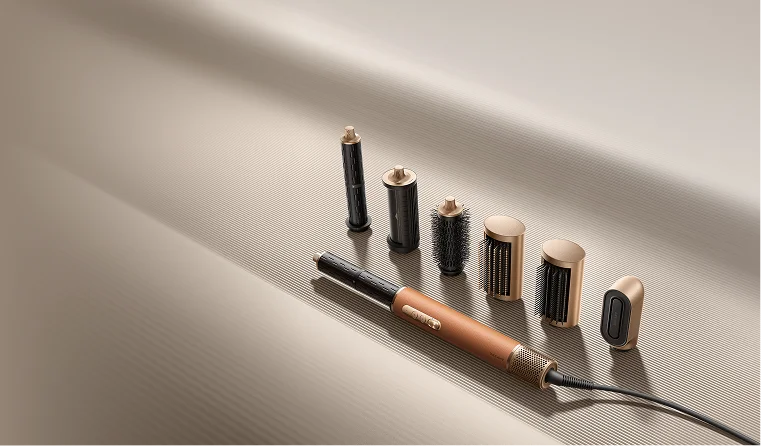
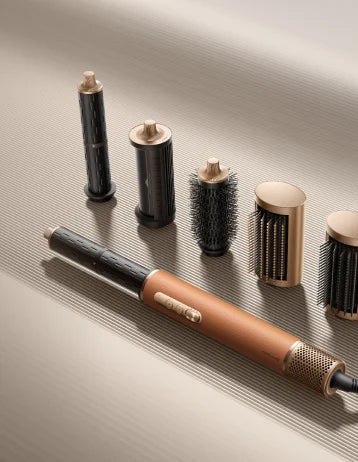
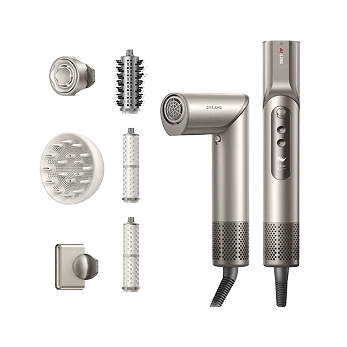
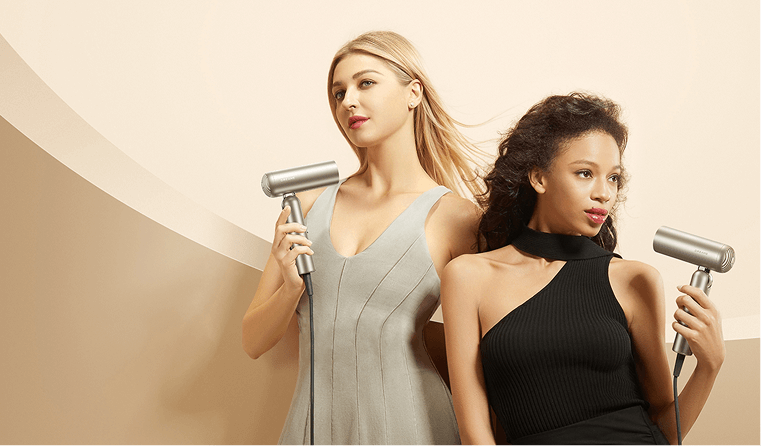

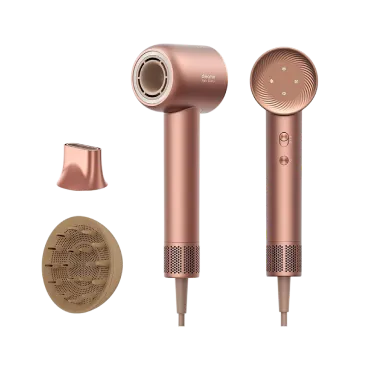
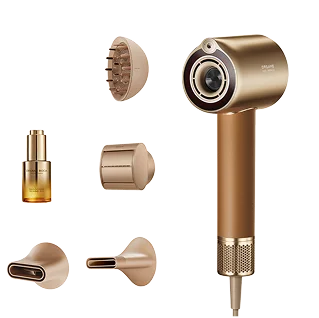




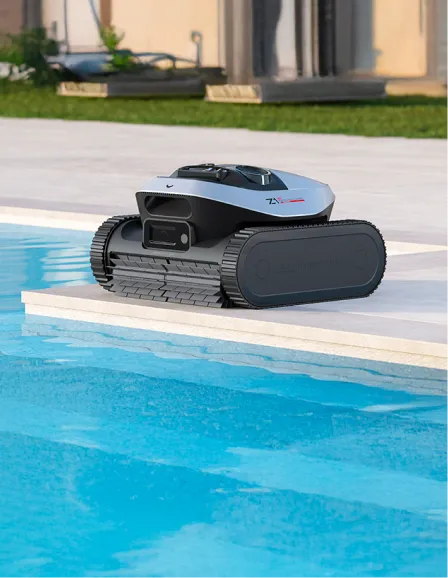
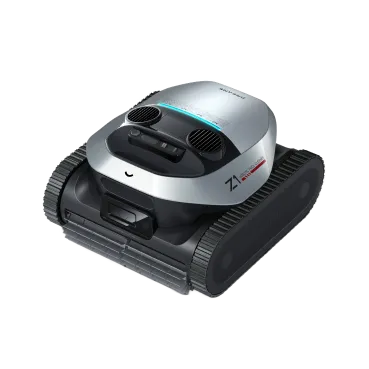
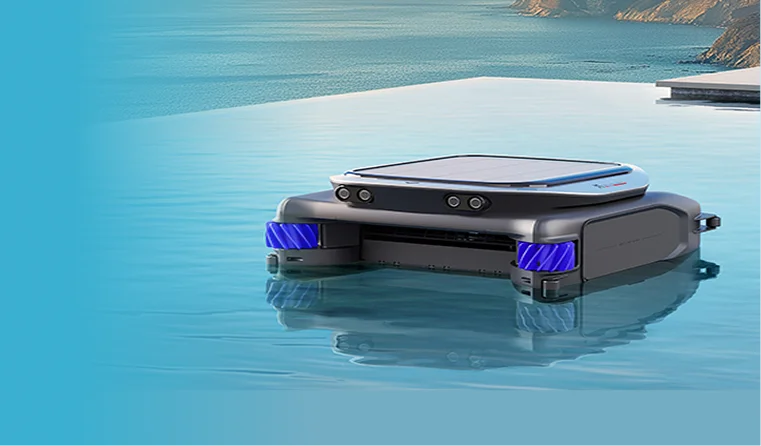











 Australia
Australia 中国大陆
中国大陆 日本
日本


 Türkiye
Türkiye


 Italia
Italia
 Netherlands
Netherlands Belgium
Belgium
 Greece
Greece Polska
Polska
 Norway
Norway
 Sweden
Sweden
 Finland
Finland
 Denmark
Denmark
 Hungary
Hungary Czechia
Czechia
 Slovenia
Slovenia
 Croatia
Croatia
 Switzerland
Switzerland United Kingdom
United Kingdom
 Canada
Canada




